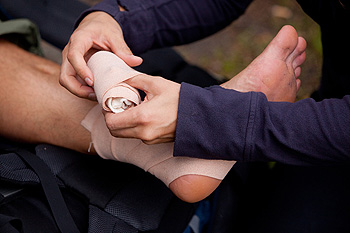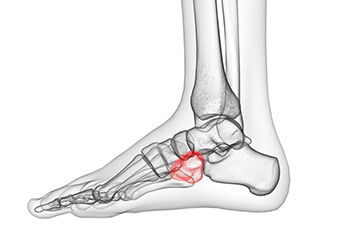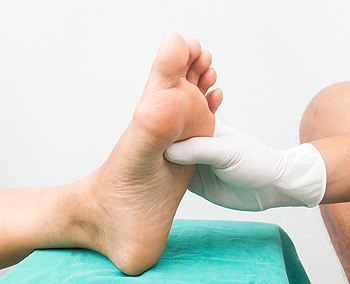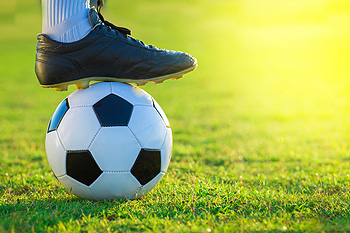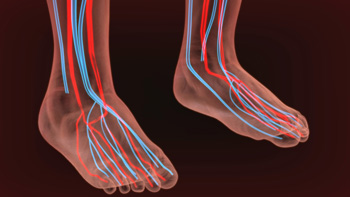Ankle injuries are common in children and can involve either the ligaments and/or bones of the ankle. When the ligaments that surround and support the ankle get overly stretched, twisted, or torn, this is known as an ankle sprain. When the fibula bone (which is one of the leg bones that make up the ankle) gets either chipped or its growth plate breaks, this is a kind of ankle fracture. With a minor ankle injury, there may be swelling, bruising, pain, or tenderness in your child’s ankle, and they may have limited movement or difficulty walking. The R.I.C.E. method of Rest, Ice, Compression, and Elevation may help a minor ankle injury, however if the ankle is red, your child has a fever, or to ensure their ankle heals properly, it is suggested that you seek the care of a podiatrist.
Ankle sprains are common but need immediate attention. If you need your feet checked, contact Cary Golub, DPM from New York. Our doctor can provide the care you need to keep you pain-free and on your feet.
How Does an Ankle Sprain Occur?
Ankle sprains take place when the ligaments in your ankle are torn or stretched beyond their limits. There are multiple ways that the ankle can become injured, including twisting or rolling over onto your ankle, putting undue stress on it, or causing trauma to the ankle itself.
What Are the Symptoms?
- Mild to moderate bruising
- Limited mobility
- Swelling
- Discoloration of the skin (depending on severity)
Preventing a Sprain
- Wearing appropriate shoes for the occasion
- Stretching before exercises and sports
- Knowing your limits
Treatment of a Sprain
Treatment of a sprain depends on the severity. Many times, people are told to rest and remain off their feet completely, while others are given an air cast. If the sprain is very severe, surgery may be required.
If you have suffered an ankle sprain previously, you may want to consider additional support such as a brace and regular exercises to strengthen the ankle.
If you have any questions please feel free to contact our offices located in Williston Park, and Long Beach, NY . We offer the newest diagnostic and treatment technologies for all your foot and ankle needs.
